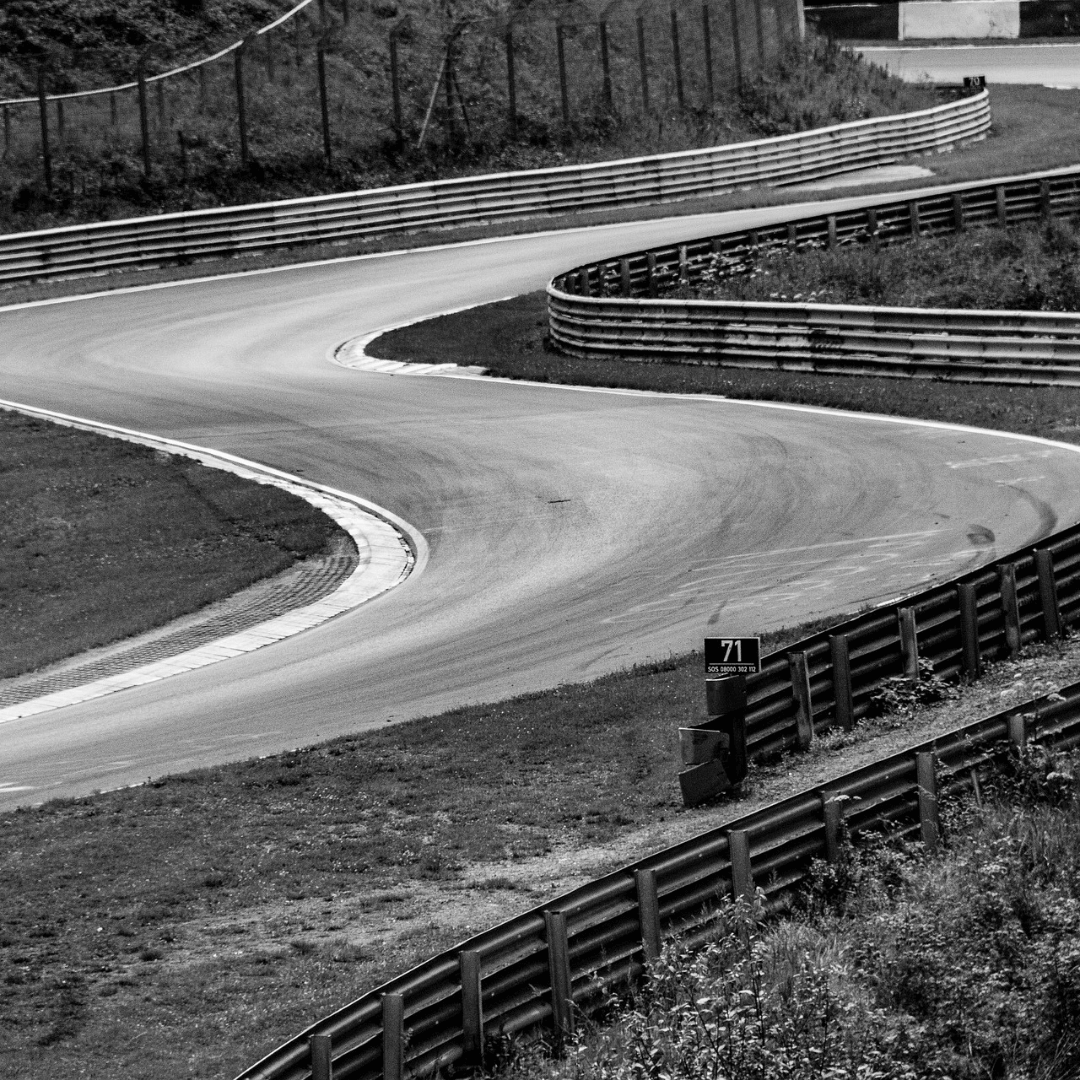GearsStreet
The Nurburgring

Birth Of The Nurburgring:
The Nürburgring was built between 1925 and 1927 under the initiative of the local government. The track was designed by architect Gustav Eichler and engineer Otto Creutz, and it was intended to stimulate the local economy during a time of economic hardship in Germany.
Track Facts:
The Nürburgring’s original configuration, known as the Nordschleife (North Loop), is a daunting 12.9-mile (20.8-kilometer) circuit with a staggering 154 corners. It is characterized by dramatic elevation changes, blind corners, and a variety of challenging turns. Later, a shorter Grand Prix circuit (GP-Strecke) was added to accommodate Formula 1 races.
The Nürburgring quickly gained fame as a venue for legendary racing events. It hosted the German Grand Prix multiple times and became a fixture on the Formula 1 calendar. It was also the site of the 1957 German Grand Prix, where Juan Manuel Fangio clinched his fifth and final Formula 1 World Championship.
Public Track Use:
One unique feature of the Nürburgring is its tradition of allowing the public to drive on the Nordschleife when it’s not being used for racing events. This practice, known as “Touristenfahrten” or tourist drives, attracts automotive enthusiasts from around the world who seek to test their skills on the track.
Over the years, the Nürburgring has undergone numerous modernization efforts to improve safety. Some sections of the track were altered, and safety barriers were added to mitigate the risks associated with its challenging layout. However, the track remains true to its original character and remains an ultimate test for both professional and amateur drivers.
